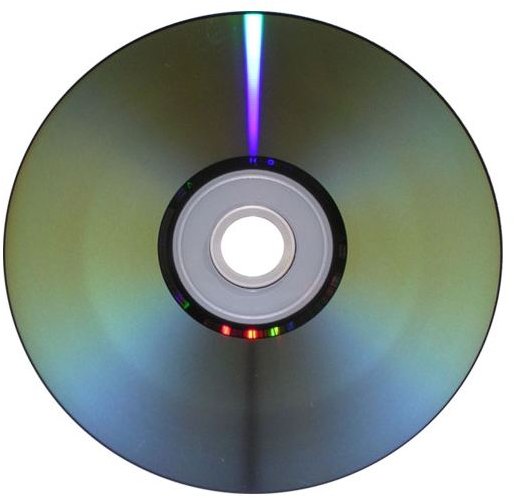How Do I Fix My DVD Player?
Break Down
When a piece of technology breaks down it can be very annoying. Let’s be honest, even if you only spent $40 on your new DVD player, you worked hard for that money. You deserve a product that works, and works correctly. Today, we are going to talk about how you can get just that.
Be Sure You’re on Your Own First
If your machine is less than year old then it is likely to be covered by the manufacturer’s warranty. If you bought an extended warranty at the electronics store, you also need to be sure that this hasn’t expired. In these cases it is not so much about principle, it is about being sure that you do not void that warranty. A product under warranty should be fixed, or replaced, by the appropriate party. If you go messing around inside and find that it’s not something you can solve, you will have no recourse. No company will replace a device after you have tinkered with it. Once you are sure that your device is not covered, and all warranties have expired, we can get down to business.
Today, we are going to look at some of the most common problems you will have with your DVD player, and go over some ways that you can troubleshoot them. All you have to do is find your problem below.
My Disc Won’t Come Out
So, you just watched your first movie in a marathon. You go to put in the second disc, and the tray won’t eject. Don’t worry, your machine is not irreparably broken, and you don’t even have to make a fool of yourself in front of your friends to get it out. What you do have to do is this:
- Get a paperclip. Bend the outside edge to create a straight line.
- Turn your DVD player until you can clearly see the back of the case.
- Locate a small hole in the back of the case. It may be labeled, or left blank. If it is labeled look for words like eject or reset.
- Insert the paperclip into the hole and push gently.
- Hold the paper clip there for no more than 10 seconds.
- Your disc should eject now.
I Have Sound, but Not Video
This means you have audio input from the DVD player to the TV, but not visual input. The first, and most direct solution is to ensure that the cables are plugged in properly. Even if you’ve been using the DVD player for quite some time the cords can wiggle loose. Turn everything off, check your connections, and try again. If this doesn’t work check your cords for any rips or frayed sections. If you see these, then it is time to replace your cords. You can buy them at any electronics store.
I Have Video, but Not Sound
This is the opposite problem from the last section, but the solution is the same. Turn everything off and inspect both the cords and the connections. Replace the cord with signs of wear and tear, and try replugging in the connections.
The Movie is Skipping

The good news here is that the problem is likely to be with your disc, and not your DVD player. When a DVD player comes to the damaged area on a disc it simply skips over the area. Try cleaning your DVD and playing it again. If you know the disc is good, then the problem is with your lens. You will need to turn off the unit, unplug it, and open the case. Then you can find the lens. This can be cleaned off either with compressed air in a can, or a cotton swab. Just be sure to be very gentle. Never, under any circumstances, should you open a case when the DVD machine is plugged in. You run the risk of your eyes being damaged by the laser inside the player. Also, be sure to ground yourself by touching the case before you put your hands anywhere inside the DVD player. Even tiny electrostatic shocks can do massive damage to electronics.
The Player is Really Hot
DVD players, like all electronics need some room to breathe. If the case is hot to the touch, or if the discs come out hot, you need to move the DVD player. Take a look at the back vent, and be sure that it’s not blocked by dust or fabric. If it is, dust gently and wipe it with a paper towel. Be sure to wipe away from the open holes. Make sure that your DVD player has at least 6 inches of space in the back. This will allow your fan to work at maximum efficiency, and should cool down the unit.
Don’t Play with Lasers
Now that we have gone over some of the common errors that you can fix at home it is worth talking about errors you should never try to fix at home. If your system is having a problem with the laser reader, and it’s not fixed by cleaning the lens, you should send it to a professional. It is never worth the risk of playing with high-intensity lasers. Happy viewing.
